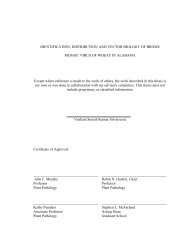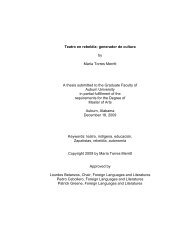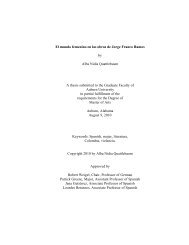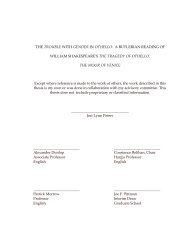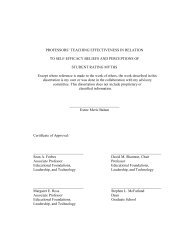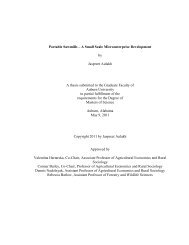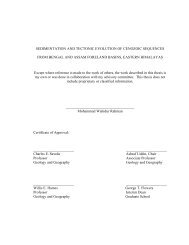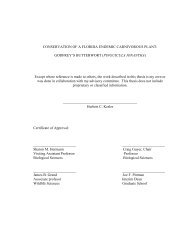Enhanced Polymer Passivation Layer for Wafer Level Chip Scale ...
Enhanced Polymer Passivation Layer for Wafer Level Chip Scale ...
Enhanced Polymer Passivation Layer for Wafer Level Chip Scale ...
Create successful ePaper yourself
Turn your PDF publications into a flip-book with our unique Google optimized e-Paper software.
Abstract<br />
<strong>Wafer</strong> level chip scale package (WLCSP) have been used in many consumer products,<br />
and thus they are competitive in cost, size, yield, and technology. For advanced WLCSP, solder<br />
joint reliability is a major concern. Underfilling is a common solution to addressing WLCSP<br />
reliability concerns. Typical stress-relieving methods such as molding compounds and capillary<br />
underfills have proven successful in CSP protection, but their added cost to the assembly process<br />
is generally prohibited. Instead, successful low cost reliability solutions have generally been the<br />
adaptation of wafer level backend packaging processes such as modification of the redistribution<br />
layer materials, solder selection, or metal pad thickness. However, the increased per<strong>for</strong>mance is<br />
limited.<br />
In this research, a new approach is presented to reexamine the final passivation layer as<br />
more than a dielectric, but also a partial underfill. The new material, branded as "SolderBrace" as<br />
an alternative to underfill, is a photo-imageable molding compound with a low CTE. This layer<br />
of SolderBrace coating adds a mechanical buffer to the front side of the WLCSP and delivers<br />
improved reliability with conventional tools, short process times and lower costs.<br />
SolderBrace coated WLCSPs and standard non-coated WLCSPs, were designed and fabricated<br />
with known standard fabrication procedures. The processing of the SolderBrace coatings was<br />
achieved by two methods. The first is similar to that of standard polyimide processing: spin coat,<br />
bake, photo-image, solvent develop, and ball drop. The second application process involves<br />
printing the material on the already-balled wafers followed by solder cleaning and cure. These<br />
ii






